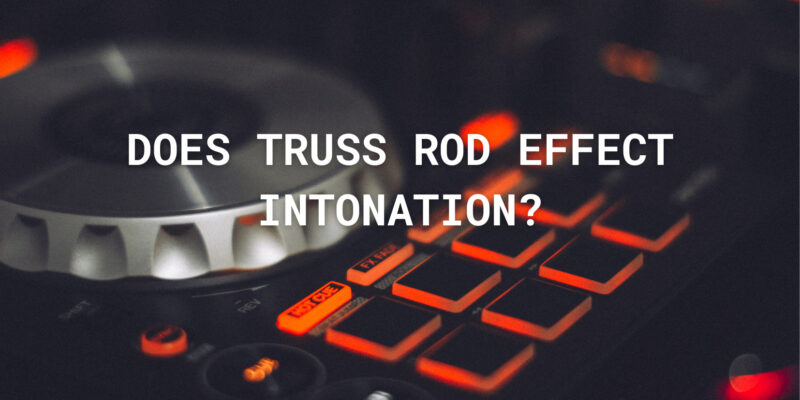The truss rod is a critical component of most modern guitars, serving to control the curvature of the neck and ensure optimal playability. While it primarily influences the instrument’s action and neck relief, many guitarists wonder whether the truss rod has any impact on intonation, another crucial aspect of a guitar’s performance. In this article, we will explore the relationship between the truss rod and intonation and shed light on how they interplay in shaping a guitar’s sound.
Understanding Truss Rods
Before delving into the connection between truss rods and intonation, it’s essential to understand what truss rods are and what they do. Truss rods are adjustable metal rods typically installed within the neck of a guitar. They are designed to counteract the tension exerted by the strings, helping to maintain the neck’s curvature or relief. Proper neck relief is crucial for comfortable playing, as it affects the action and playability of the guitar.
Truss rods are adjustable, allowing guitarists to tweak the neck’s curvature to their preferences. Turning the truss rod clockwise typically tightens it, which can straighten the neck, reducing the curvature. Conversely, turning it counterclockwise loosens it, allowing the neck to bow slightly, increasing the curvature.
Intonation: The Basics
Intonation refers to the accuracy of the pitch produced by a guitar at different fret positions along the neck. A guitar with good intonation will sound in tune, not only when played open (without pressing any frets) but also when played at various fret positions. Proper intonation ensures that chords and melodies played up and down the fretboard sound harmonious.
The Role of the Truss Rod in Intonation
Now, let’s address the main question: does the truss rod affect intonation? The short answer is yes, but indirectly. The truss rod itself does not directly control intonation, but it can influence it in several ways:
- Neck Relief: As mentioned earlier, the truss rod adjusts the neck’s curvature or relief. An excessively bowed or overly straight neck can lead to intonation problems. If the neck relief is not set correctly, it can cause the strings to fret out or buzz when played in different positions, leading to poor intonation.
- String Height (Action): The truss rod also affects the action of the guitar, which is the distance between the strings and the fretboard. High action can make it challenging to press the strings down cleanly, affecting intonation. Adjusting the truss rod to achieve the desired neck relief can indirectly impact the action and, consequently, intonation.
- String Tension: The truss rod’s role in countering string tension helps maintain a stable neck, which is essential for consistent intonation. A stable neck ensures that the strings maintain their relative positions and tensions, reducing the likelihood of intonation issues.
In summary, while the truss rod does not directly control intonation, it plays a crucial role in shaping the factors that do affect intonation, such as neck relief, action, and string tension. Therefore, properly adjusting the truss rod to achieve the ideal neck curvature can indirectly contribute to improved intonation.
Conclusion
The truss rod is a fundamental component of a guitar’s setup, primarily responsible for maintaining the neck’s curvature and ensuring comfortable playability. While it does not directly control intonation, it can indirectly influence it by affecting factors like neck relief, action, and string tension. To achieve optimal intonation, it’s essential to understand how the truss rod works in conjunction with other setup adjustments, such as saddle position and nut placement. By fine-tuning all these elements, guitarists can ensure that their instrument sounds in tune across the entire fretboard, enhancing their overall playing experience.


